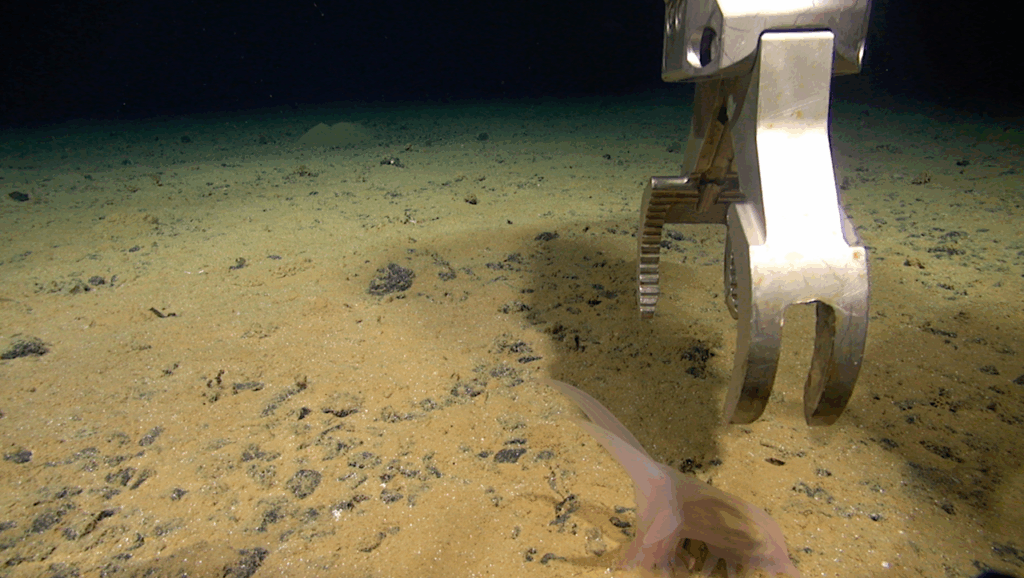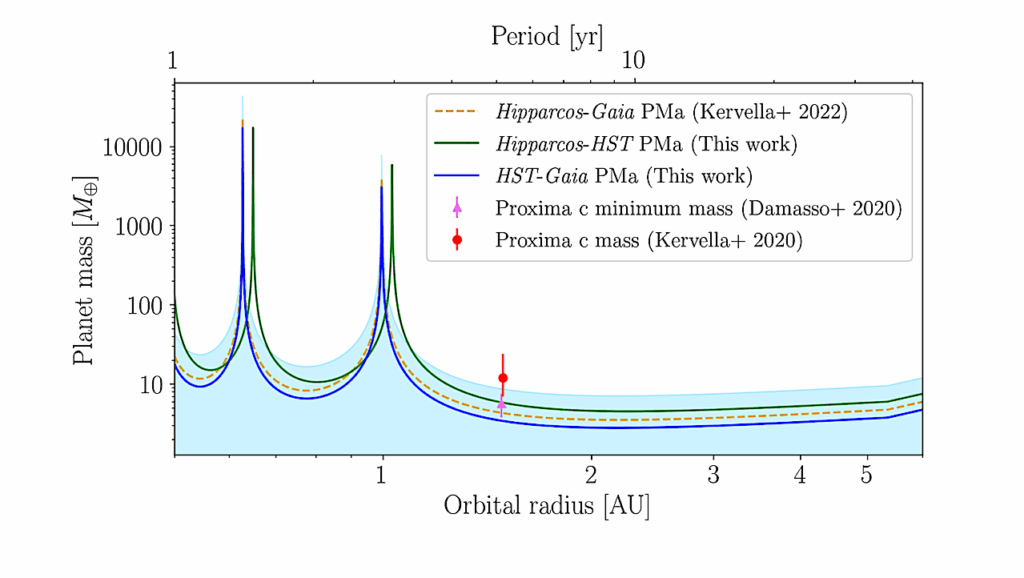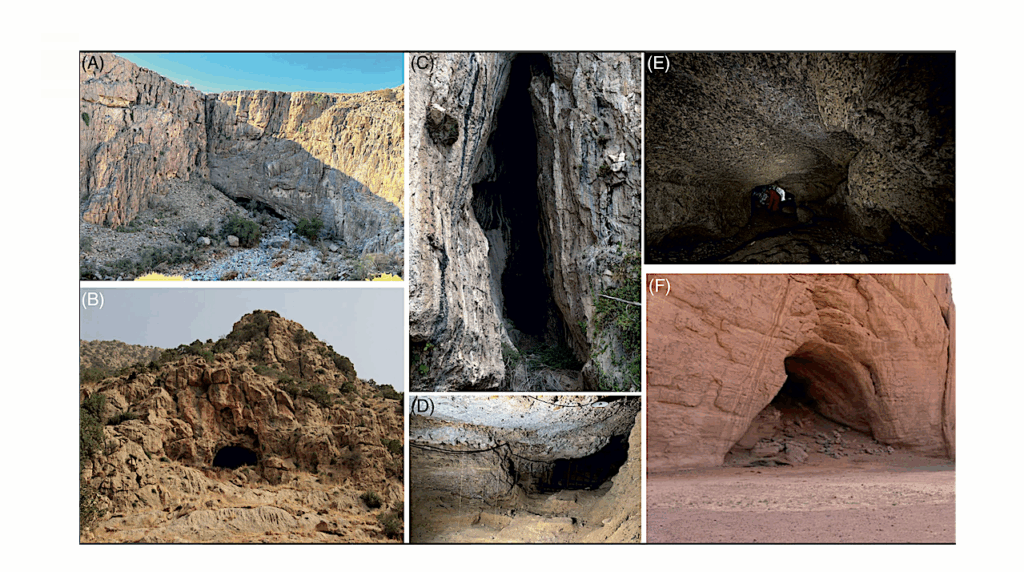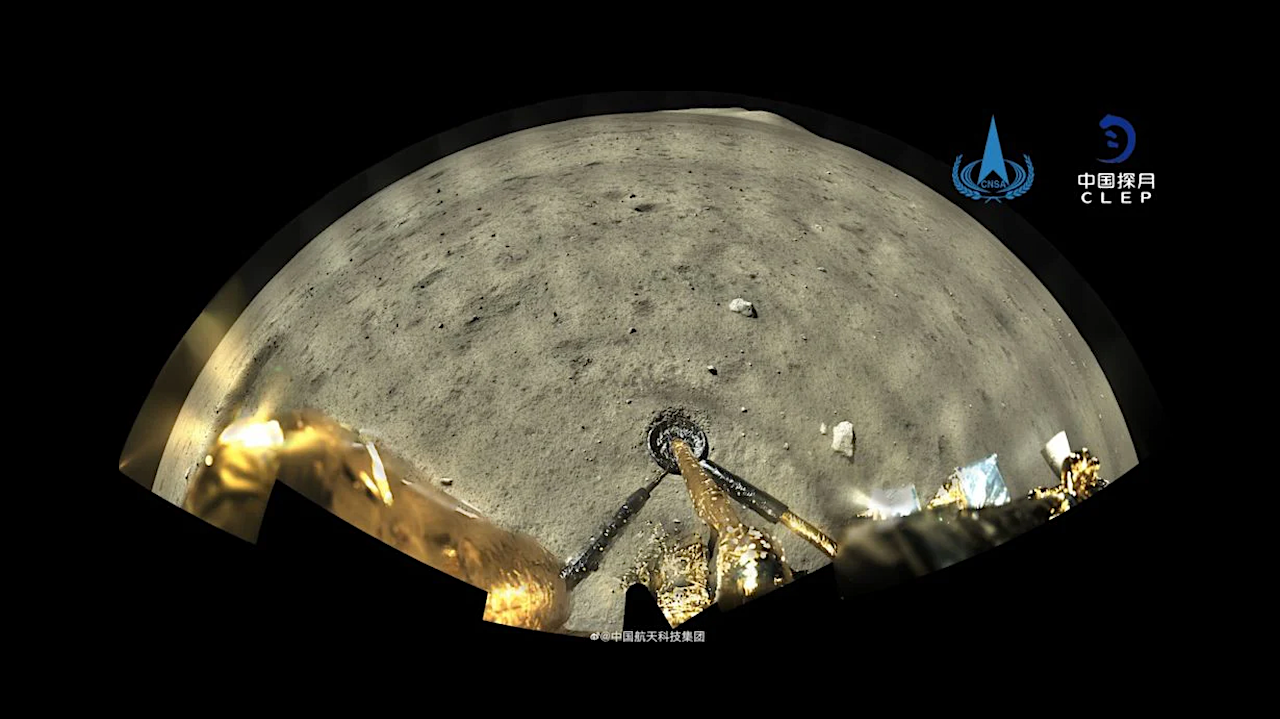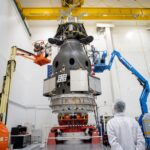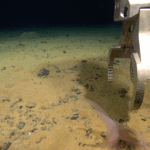Now Reading: Reconstructing The Free-floating Planet Mass Function With The Nancy Grace Roman Space Telescope
-
01
Reconstructing The Free-floating Planet Mass Function With The Nancy Grace Roman Space Telescope
Reconstructing The Free-floating Planet Mass Function With The Nancy Grace Roman Space Telescope
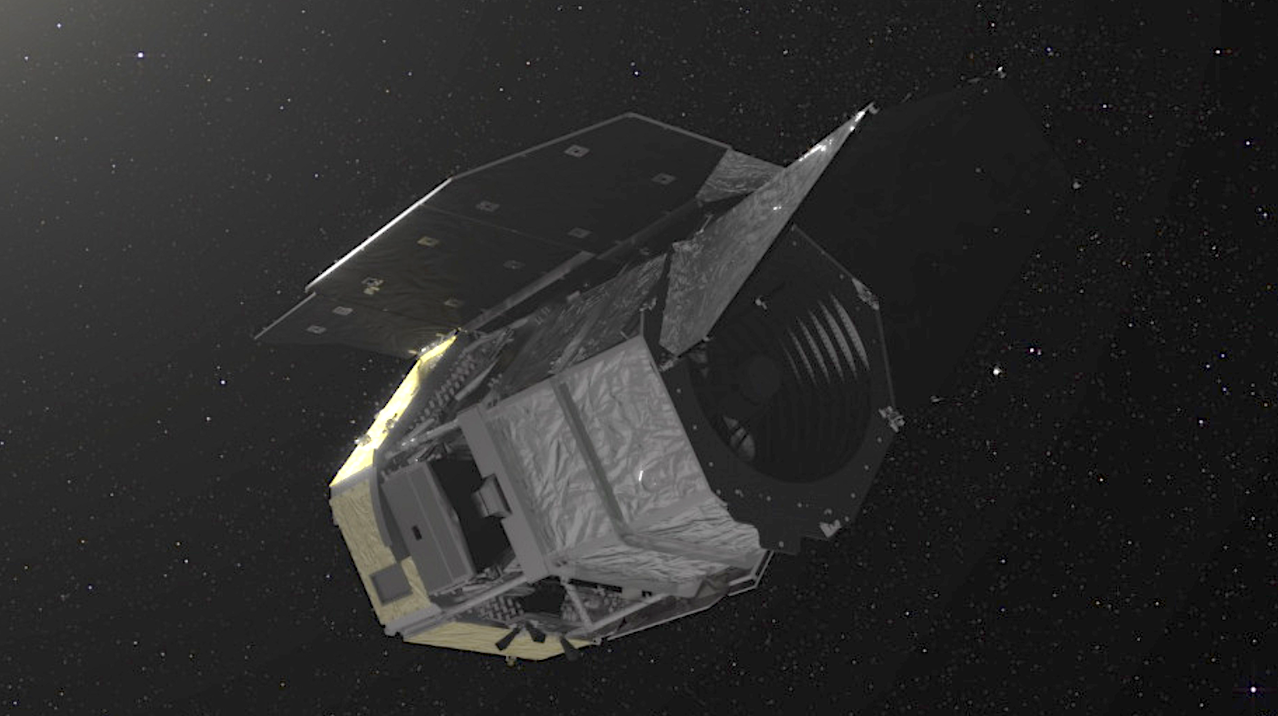

Nancy Grace Roman Space Telescope
Free-floating planets comprise one of the most enigmatic populations of exoplanets in the Galaxy. Though ground-based observations point to a large abundance of these worlds, little is known about their origins and demographics.
In the coming years, the Nancy Grace Roman Space Telescope’s Galactic Bulge Time Domain Survey is expected to detect several hundred free-floating planets, providing the first opportunity to characterize these worlds at the population level.
We present a first study of Roman’s prospects for reconstructing the mass distribution of free-floating planets through population-level statistical inference. We find that depending on the true underlying mass distribution of free-floating planets in the Galaxy, Roman will be able to improve upon existing estimates of the abundance by orders of magnitudes in the largely unexplored mass range below that of Earth.
When applied to Roman’s observations, the methodology we present herein will be capable of discriminating between different hypothesized mass distributions at high statistical significance, opening a new window into the origins of these rogue worlds.
William DeRocco, Matthew T. Penny, Samson A. Johnson, Peter McGill
Comments: 20 pages, 14 figures, submitted to AJ
Subjects: Earth and Planetary Astrophysics (astro-ph.EP); Astrophysics of Galaxies (astro-ph.GA); Instrumentation and Methods for Astrophysics (astro-ph.IM); Solar and Stellar Astrophysics (astro-ph.SR)
Cite as: arXiv:2505.00092 [astro-ph.EP] (or arXiv:2505.00092v1 [astro-ph.EP] for this version)
https://doi.org/10.48550/arXiv.2505.00092
Focus to learn more
Submission history
From: William DeRocco
[v1] Wed, 30 Apr 2025 18:03:01 UTC (3,560 KB)
https://arxiv.org/abs/2505.00092
Astrobiology,
Stay Informed With the Latest & Most Important News
Previous Post
Next Post
-
 012024 in Review: Highlights from NASA in Silicon Valley
012024 in Review: Highlights from NASA in Silicon Valley -
 02Panasonic Leica Summilux DG 15mm f/1.7 ASPH review
02Panasonic Leica Summilux DG 15mm f/1.7 ASPH review -
 03From Polymerization-Enabled Folding and Assembly to Chemical Evolution: Key Processes for Emergence of Functional Polymers in the Origin of Life
03From Polymerization-Enabled Folding and Assembly to Chemical Evolution: Key Processes for Emergence of Functional Polymers in the Origin of Life -
 04How New NASA, India Earth Satellite NISAR Will See Earth
04How New NASA, India Earth Satellite NISAR Will See Earth -
 05And Thus Begins A New Year For Life On Earth
05And Thus Begins A New Year For Life On Earth -
 06Astronomy Activation Ambassadors: A New Era
06Astronomy Activation Ambassadors: A New Era -
07SpaceX launch surge helps set new global launch record in 2024













